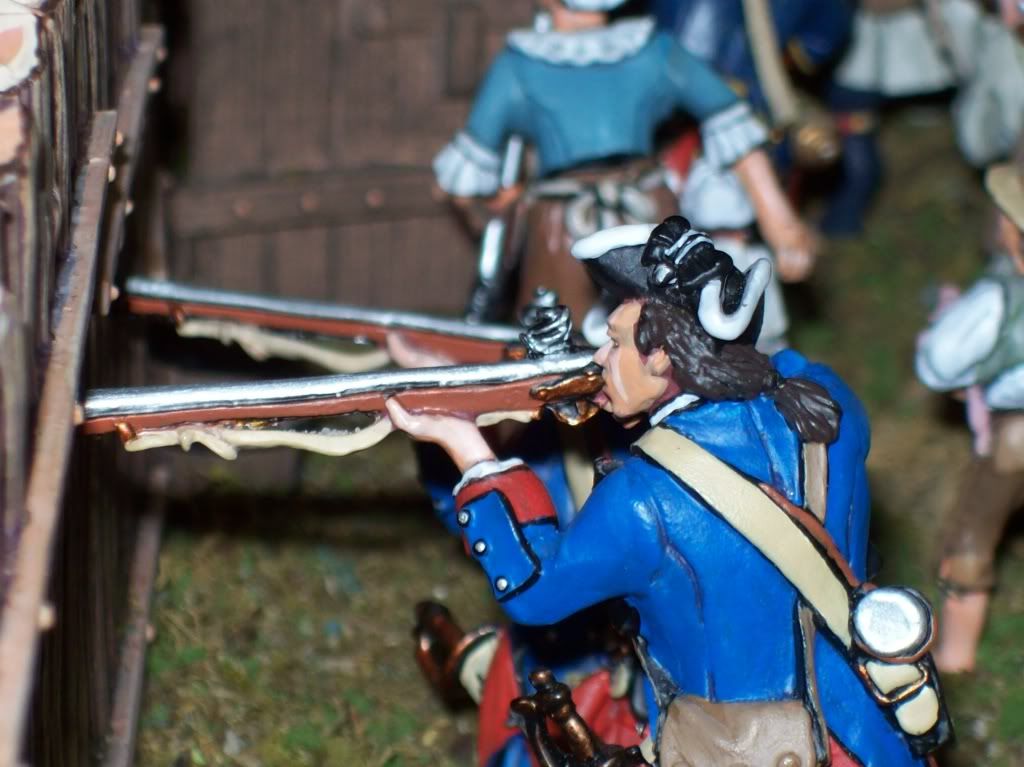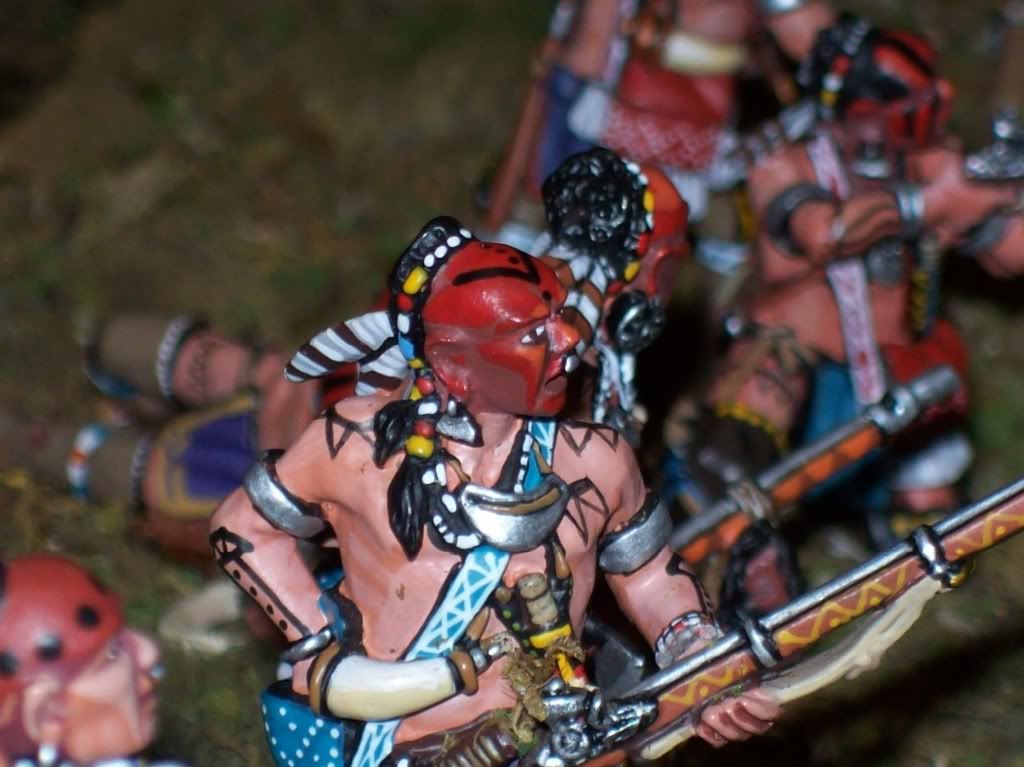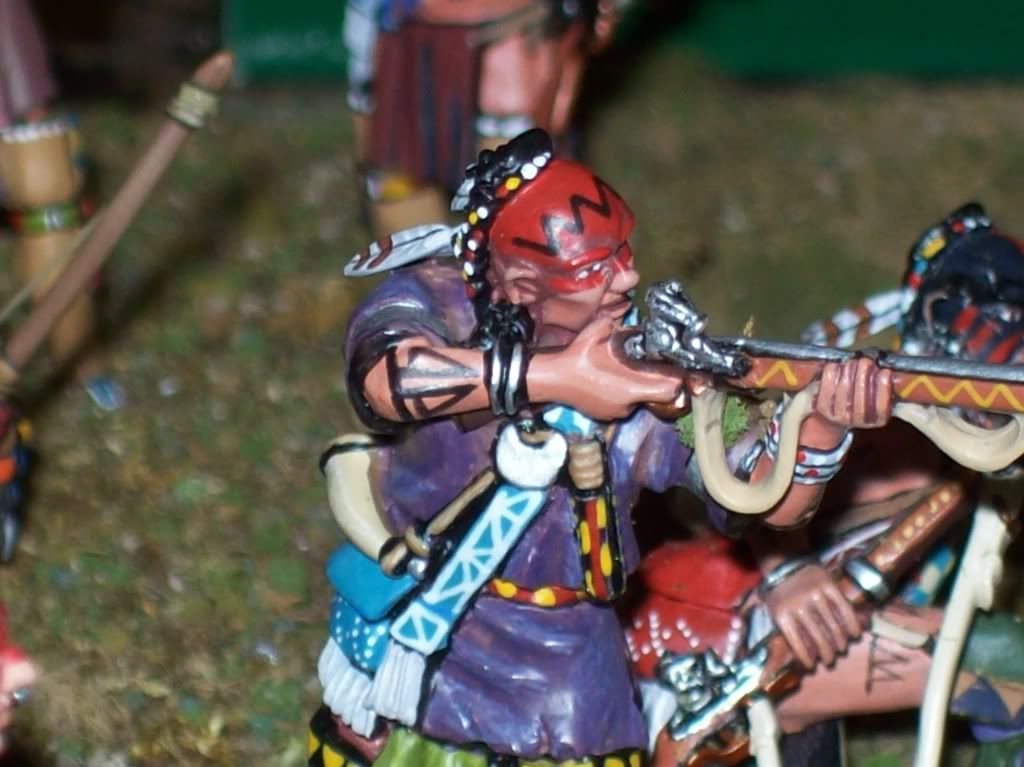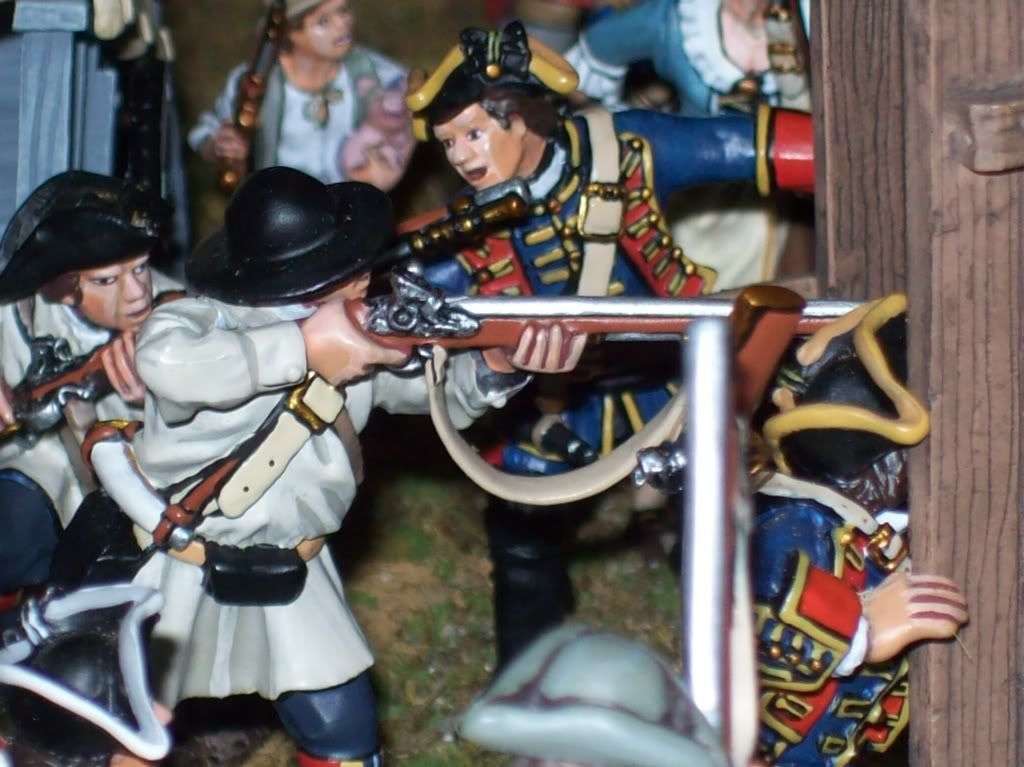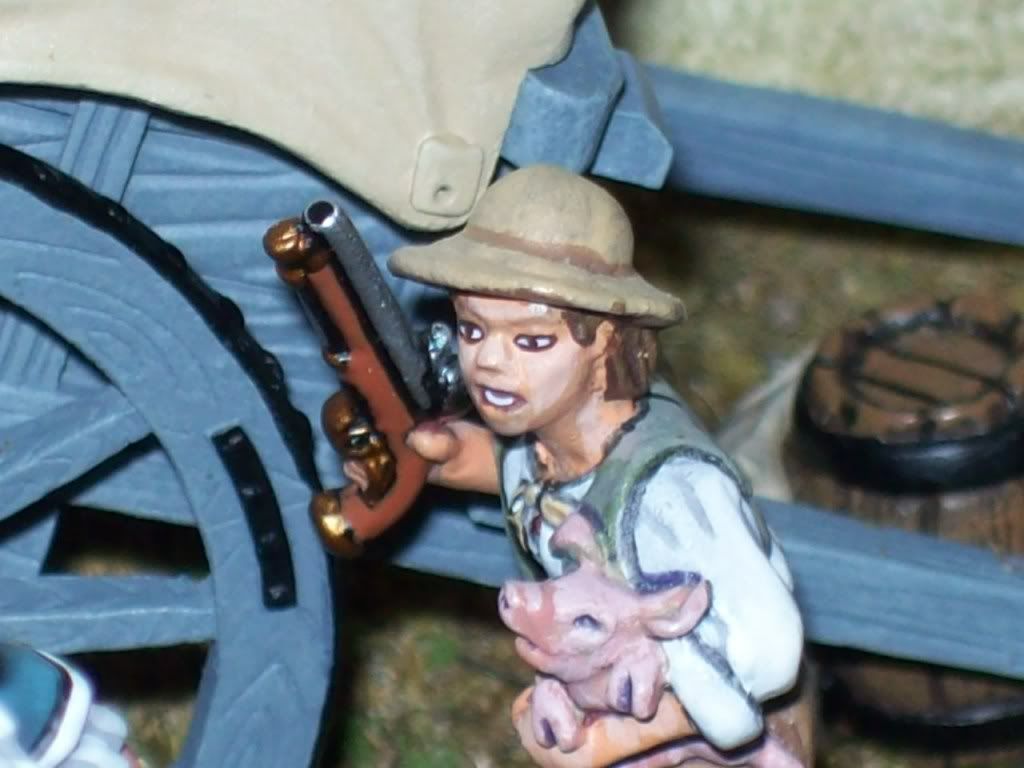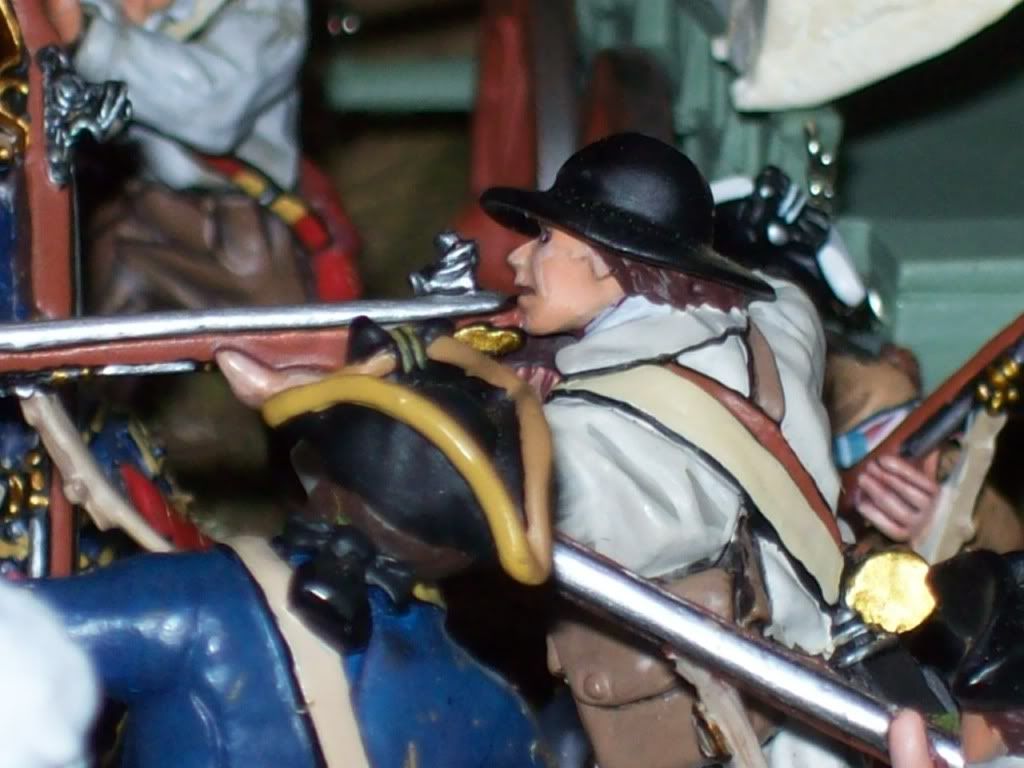mikemiller1955
Lieutenant General
- Joined
- Aug 3, 2008
- Messages
- 17,490
When the white man came, the Indian relied on bow and spear, or tomahawk and knife, but he soon learned the value of the white man's muskets and was not long in obtaining them in trade for his valuable furs.
With bow or musket, his method of fighting was the same.
Indian tribes had no organized system of war; warriors simply formed voluntary bands under war chiefs and took off on the warpath.
In battle each Indian fought a separate opponent without regard for his fellow warriors.
Indians avoided pitched battle whenever possible, instead seeking victory by surprise and carefully utilizing cover and concealment.
Only when they had the advantage did they close in for hand-to-hand combat.
In such combat the Indian brave lacked neither skill nor courage.
Since he cared little about the rules of civilized warfare, he slaughtered men, women, and children indiscriminately.
The favorite Indian tactic was a surprise raid on an isolated settlement.
When the settlers organized a pursuit, the Indians lay in wait and ambushed them.
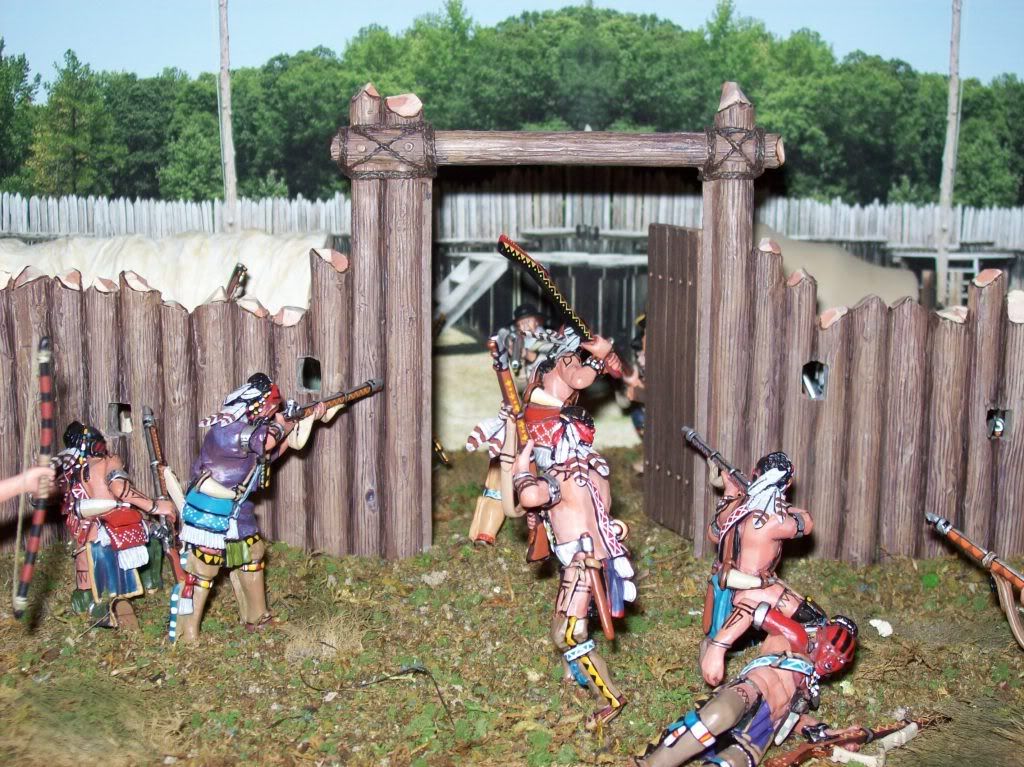
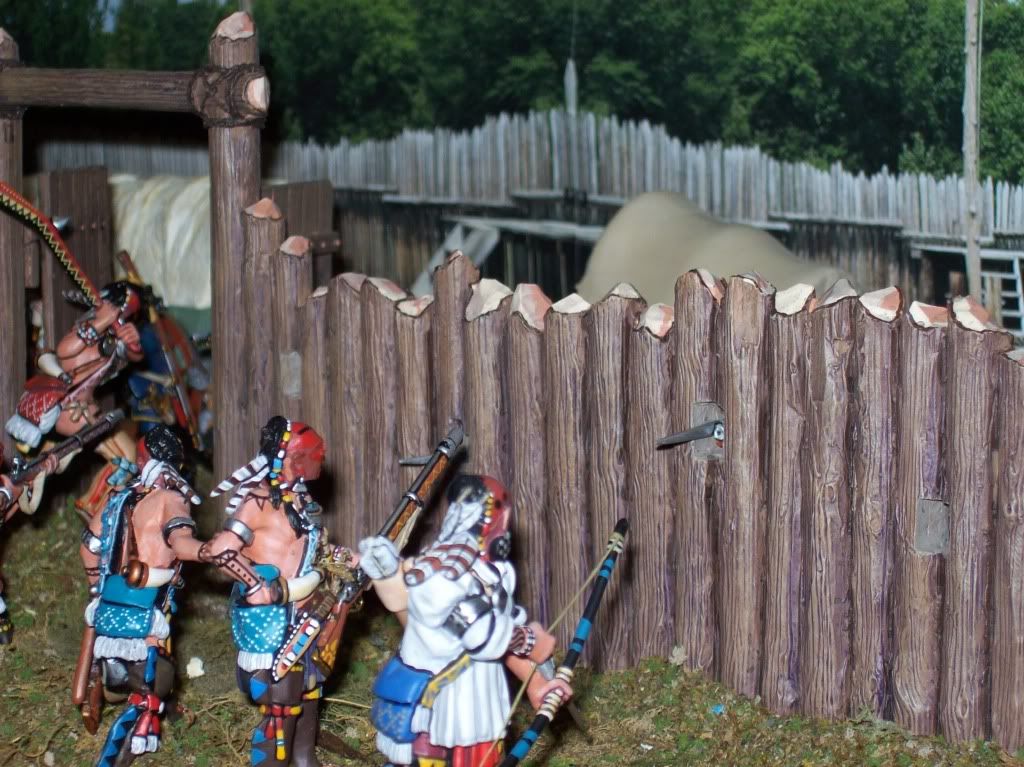
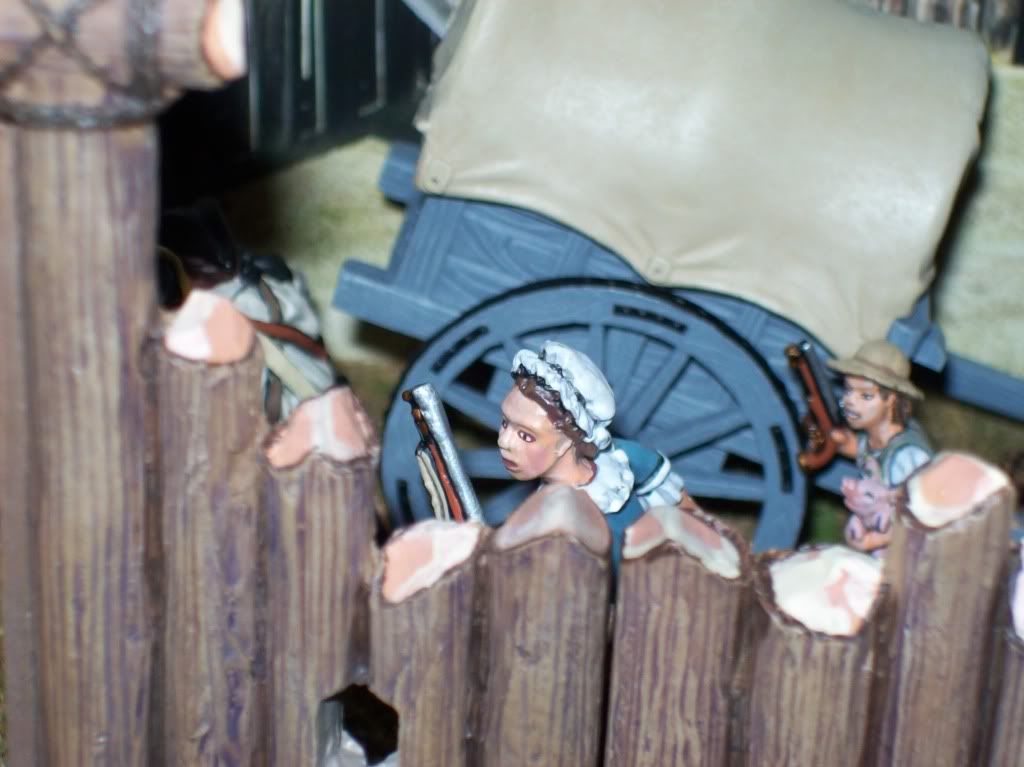
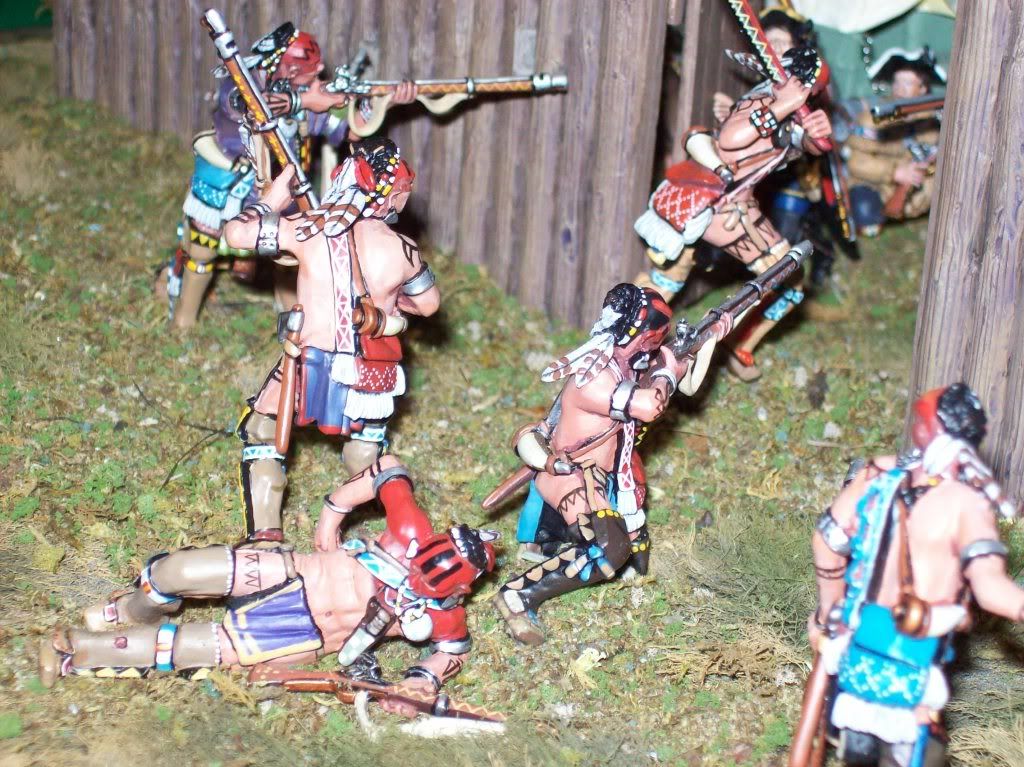
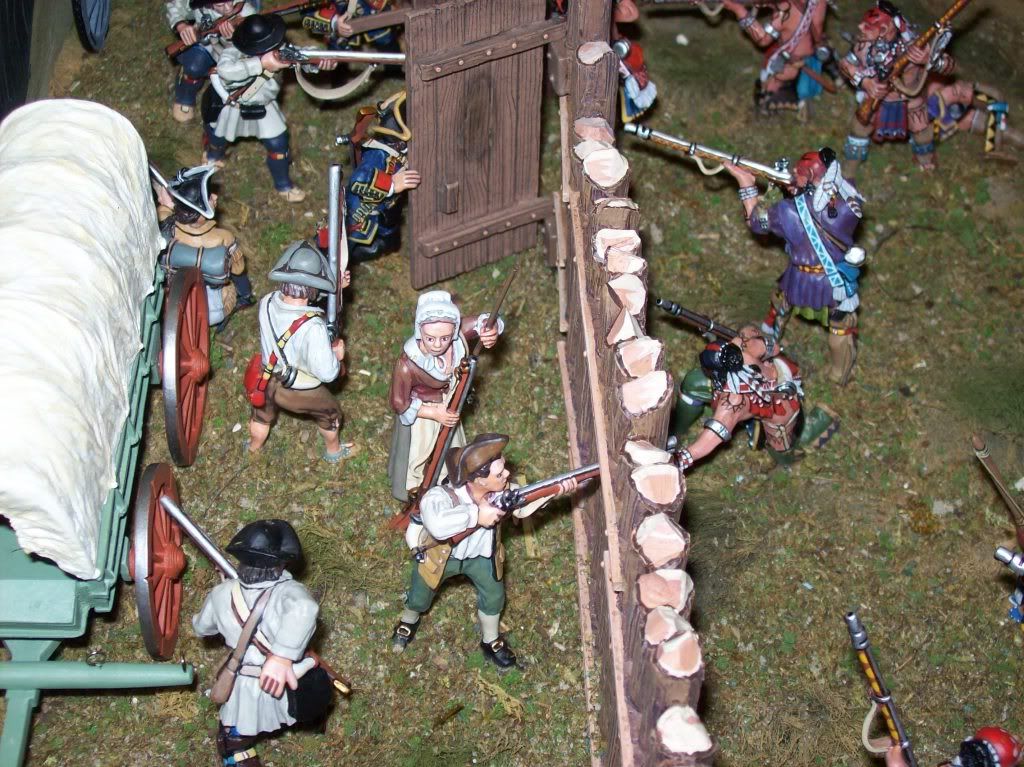
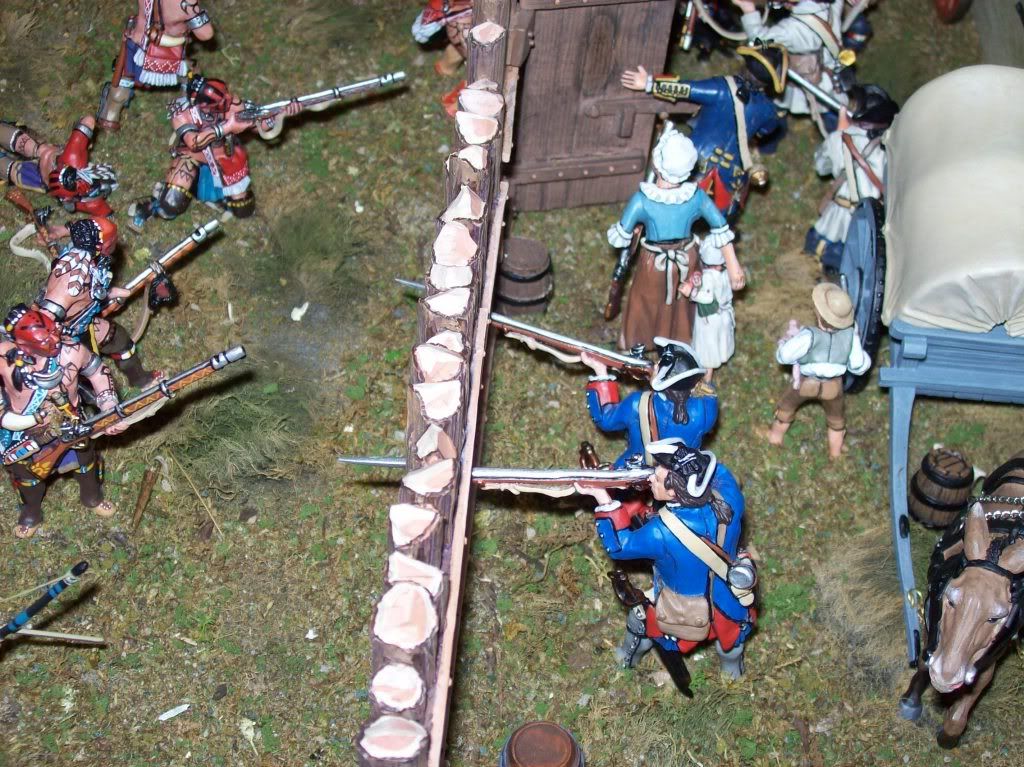
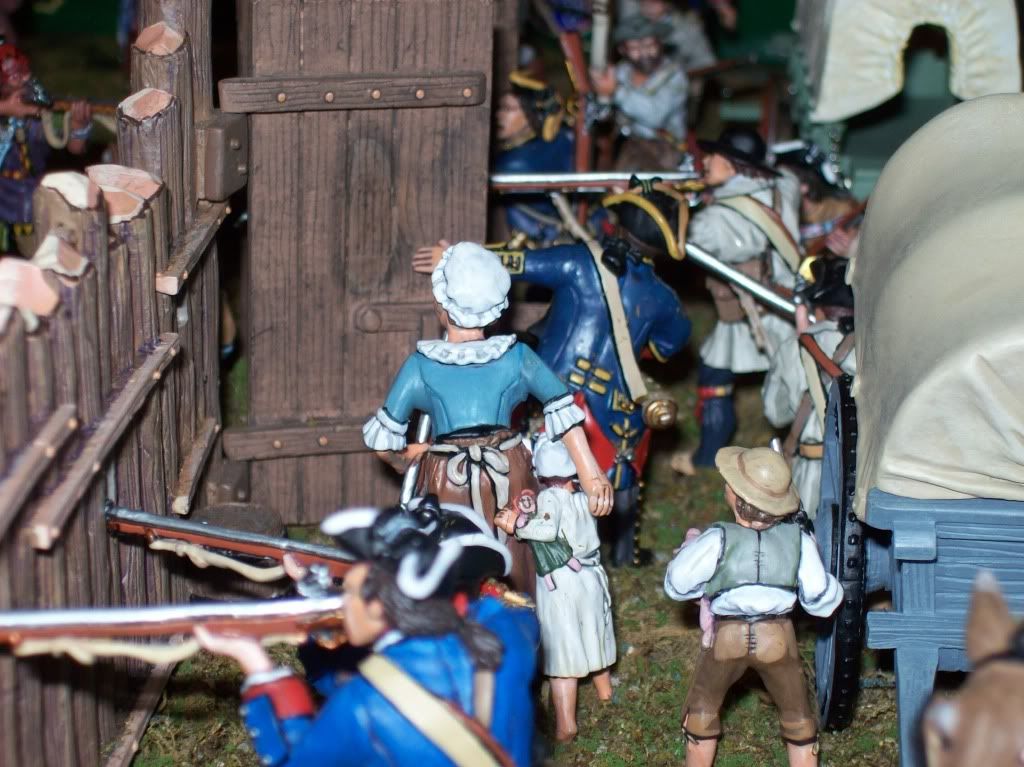

With bow or musket, his method of fighting was the same.
Indian tribes had no organized system of war; warriors simply formed voluntary bands under war chiefs and took off on the warpath.
In battle each Indian fought a separate opponent without regard for his fellow warriors.
Indians avoided pitched battle whenever possible, instead seeking victory by surprise and carefully utilizing cover and concealment.
Only when they had the advantage did they close in for hand-to-hand combat.
In such combat the Indian brave lacked neither skill nor courage.
Since he cared little about the rules of civilized warfare, he slaughtered men, women, and children indiscriminately.
The favorite Indian tactic was a surprise raid on an isolated settlement.
When the settlers organized a pursuit, the Indians lay in wait and ambushed them.











